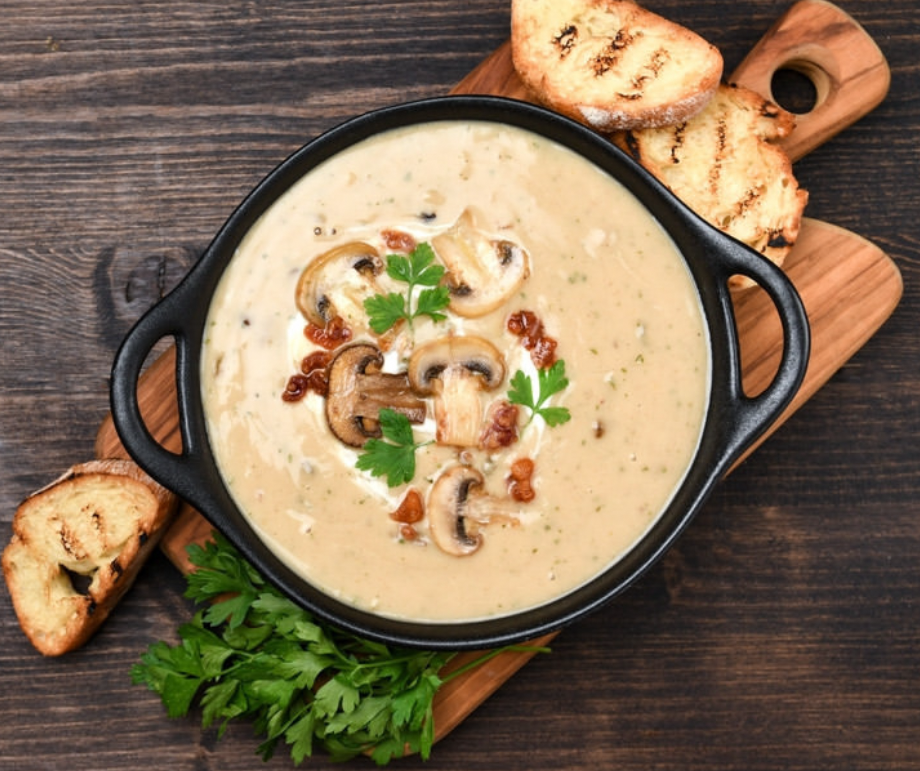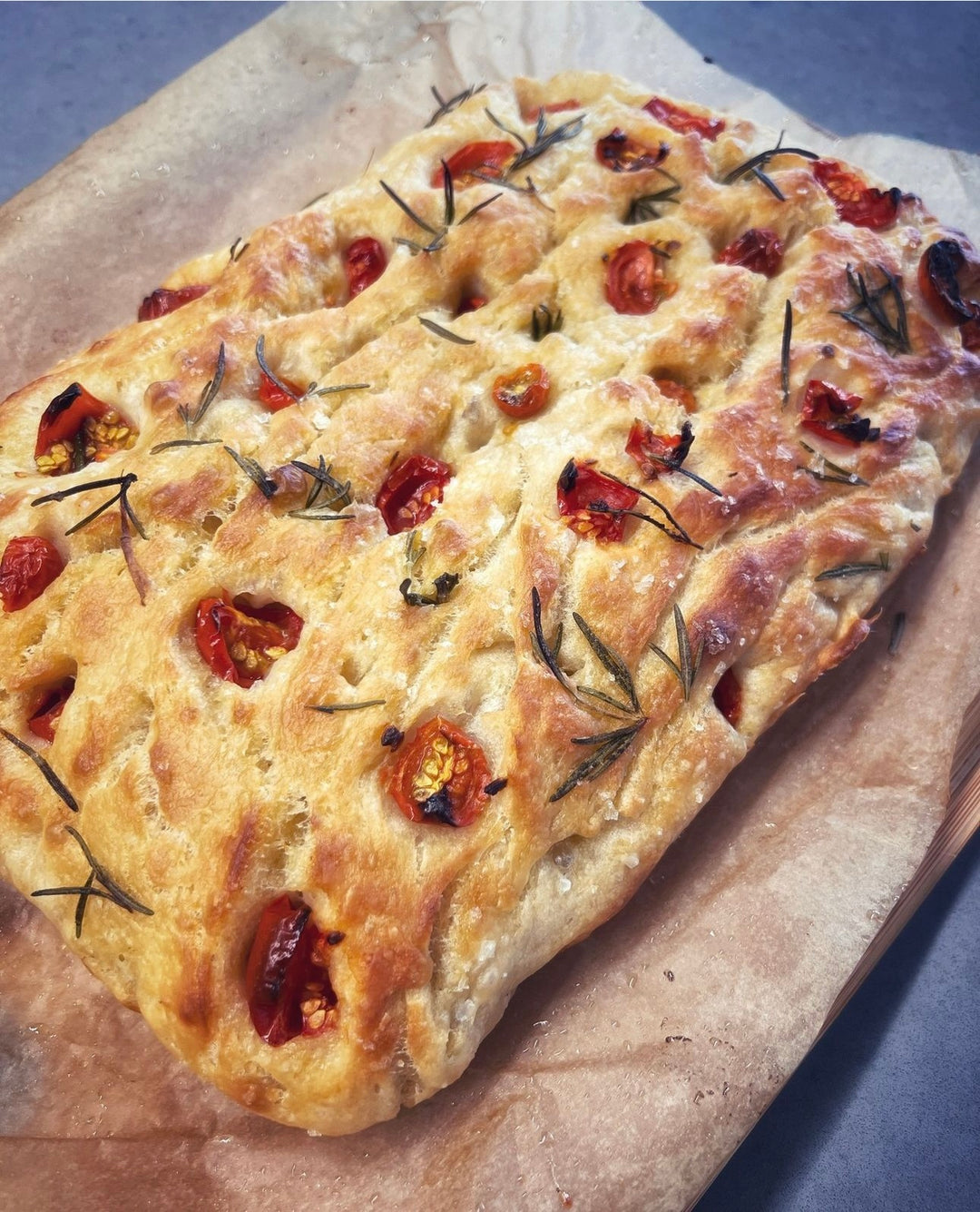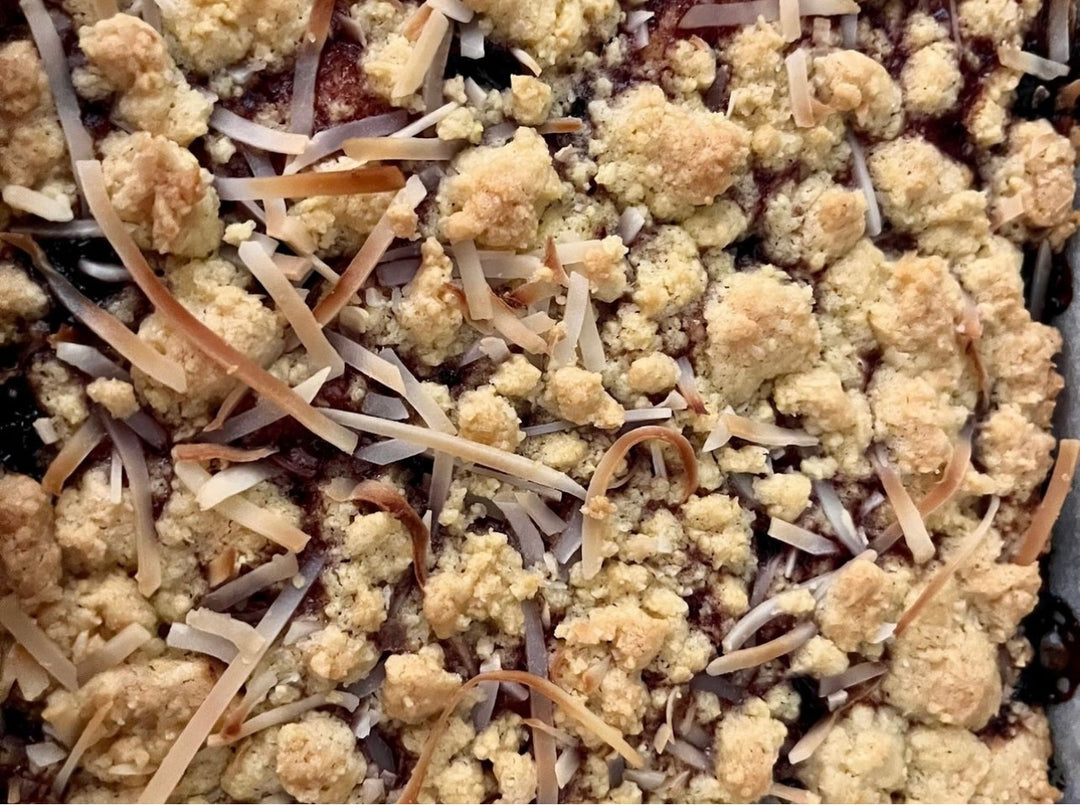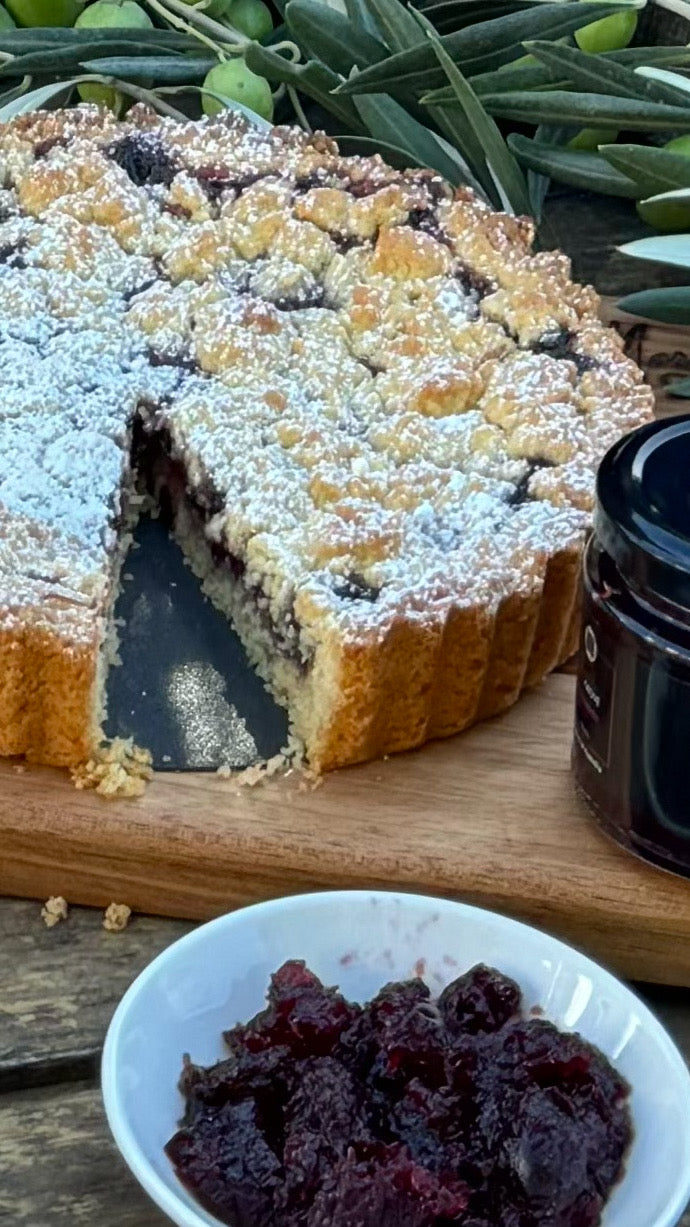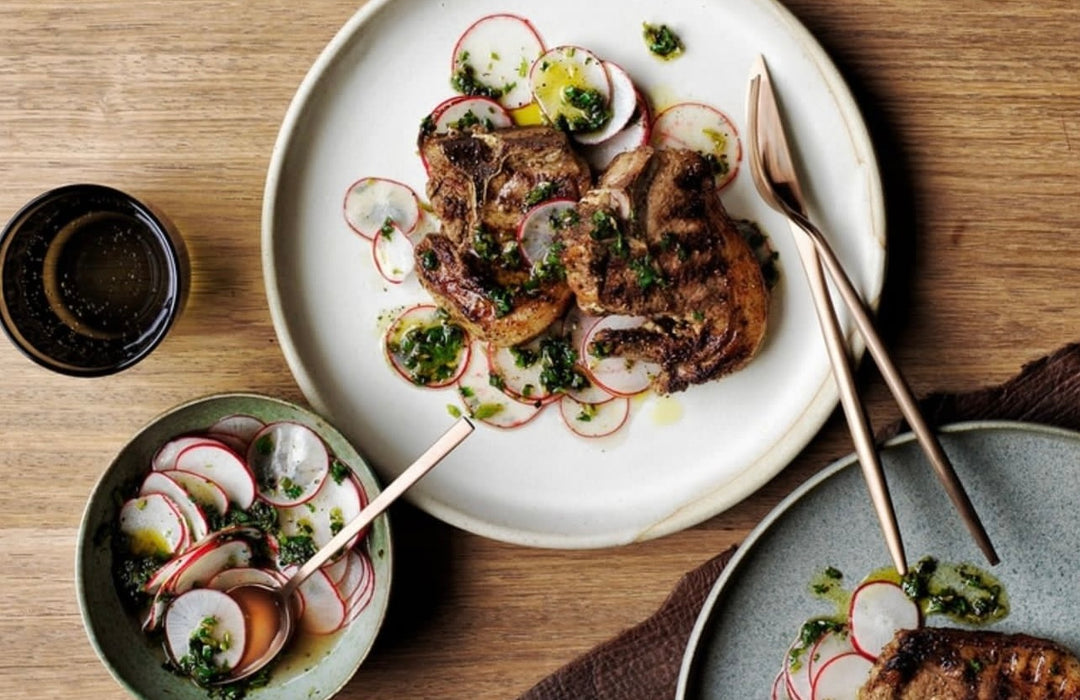From ancient traditions to modern techniques, harvesting extra virgin olive oil is an art. This intricate process involves careful timing, precise methods, and a deep understanding of the olive's journey from tree to table.
We'll cover everything from picking the perfect olive to pressing the freshest oil.
This guide also covers harvesting extra virgin olive oil sustainably while producing a high-quality product. We will also explore topics like the perfect time to pick olives, understanding the oil harvest, and maximising shelf life.
At Morella Grove, our family has dedicated generations to perfecting the art of harvesting extra virgin olive oil in Australia's Riverina region, and we're excited to share our knowledge and passion for this liquid gold.
The Timing is Everything: When to Harvest

Harvesting at the right time is essential for extra virgin olive oil’s quality and flavour. Picking too early results in a peppery, intense oil with a lower yield. Picking too late produces a milder flavour and increases yield.
Within this, is an optimal timeline for harvesting, depending on the flavour profile and yield you are aiming to achieve. Olive variety, weather, and the desired taste all are key factors to consider.
Traditionally, the optimal harvest time is when olives transition from green to a mix of green and purple. Many home producers harvest all colours for a balanced flavour. This is because pressing costs more with the lower yield from perfectly ripe olives.
Signs of Readiness
- Size: Olives should be at their full size.
- Colour: Ideally, a mix of green and purple.
- Texture: Firm, not overly soft.
You might have heard that early season harvested olives tend to offer stronger and more intense flavour profiles.
We agree with the The Australian Olive Association (AOA) in that the perfect moment to harvest olives for producing the finest extra virgin olive oil is as unique as the region and variety they originate.
Factors like the local climate, soil, and specific olive cultivars all influence when the fruit yields the highest quality oil.
Determining the ideal harvest time requires a deep understanding of the environment—not simply relying on the external or internal colour of the olives or a generic time to harvest.
At Morella Grove, we’ve carefully studied and worked with our Riverina surroundings for generations and have learned when our olives are at their peak to harvest, delivering the exceptional quality our customers love.
Harvesting Methods: From Hand-Picking to Modern Machinery
Picking olives correctly protects quality and maximises yield during harvesting. Many methods have been passed down for generations.
We will explore three harvesting methods in this post. Although we’ve included hand-picking and traditional methods, producers today use modern equipment for more efficient and effective production. Methods can vary between producers as to when the olives are harvested and the quantity or profile of olive oil desired.
Hand-Picking
In the traditional hand-picked method, how it works is that workers selectively choose and pick the olives by hand individually. This traditional method might in some cases provide quality benefits, and certainly evokes a nostalgic, earthy emotion, but overall it’s slow, expensive and usually not feasible in today’s world.
Note that you may find some producers using the term ‘hand-picked’ in their marketing communications when in reality it’s ‘hand-picked’ by a human using commercial harvesting equipment.
Sometimes the term hand-picked may be used in reference to all the olives collectively where they use ‘hand-picked’ to describe people regularly reviewing the olive grove in the lead up to harvest, so as to decide the optimal time to harvest (rather than each individual olive being hand-picked for production).
Raking and Combing
Tree shakers remove olives from branches onto nets. Tools like rakes or combs collect hard-to-reach olives without damaging them.
This method provides a balance between efficiency and manual handling, since it still involves manual work.
Mechanical Harvesting
Large groves often utilise mechanical harvesters. Rotating brushes or other tools dislodge olives quickly. Machines efficiently harvest large batches without intense human effort, a vital aspect of how olive oil producers on a large-scale harvest olive trees efficiently.
Modern techniques, like large-scale tree shakers, help to make harvesting olives feasible on larger farms, whether it’s for olive oil or table olives.
Harvesters with nets attached shake or rake the olives harvested into containers or bins.
From Grove to Mill: Preserving Freshness
After olive harvesting, fast processing is critical for oil olives to prevent a degradation in quality of the extra virgin olive oil. Delays lower the oil quality, due to the sensitivity of the fruit.
Oxidation begins to degrade quality as soon as olives are picked, as explained here. This impacts extra virgin olive oil, virgin olive oil, and olive oils in general.
The first press should ideally occur 8 to 24 hours after harvesting. Pressing the olives quickly minimises oxidation. Leaving picked olives to sit for too long leads to decreased quality.
Extraction and Grading: The Heart of the Process
Extracting and grading form the core of making extra virgin olive oil during harvesting. In ancient times, olives were crushed with millstones, then pressed in baskets.
Now, mechanical milling and horizontal centrifuges quickly separate oil from solids. The specific processes dictate how much oil quantity is collected for both extra virgin olive oil and virgin olive oil quantity, making the most of their olive harvesting.
The table below displays some grades in olive oils from when they're olives harvested for the different types of olive oil.
| Grade | Description |
|---|---|
| Extra Virgin | The highest quality, with strict standards for acidity, peroxide value, and sensory qualities. |
| Virgin | Meets slightly less stringent standards than extra virgin. |
| Ordinary Virgin/Lampante Virgin | Lower quality, not suitable for direct consumption without refining. |
| Refined Olive Oil | A blend of refined and virgin olive oils, often labelled simply as "olive oil." |
Sustainability in Harvesting Extra Virgin Olive Oil: A Growing Concern
Today’s informed consumer wants high-quality, ethically produced products. Sustainable farming practices honour Australian traditions, prioritising soil health and minimising pollution.
Olive harvesting also requires water use consideration from both home and commercial olive oil producers.
Water use and by-product management have become increasingly important considerations for commercial olive oil operations. For many home olive oil producers, a sustainable olive harvesting process also considers by-products, though this may involve different methods like composting.
Beyond the Harvest: Storage and Shelf Life
Even with ideal harvesting, extra virgin olive oil's distinctive aromas and flavours, and its health benefits, diminish over time due to oxidation.
Storing the olive oil in airtight bottles is crucial for preserving quality. This will keep oxygen away from oil olives which had been processed and stored after their initial picking.
Further preservation is often implemented through tank, meaning how and where oil is stored before bottling, where nitrogen-flushing of tanks and bottles is implemented for further preservation during handling and storage.
The meaning or context of 'Tank' will probably vary if it's a commercial versus residential operation.
Store olive oil in a cool, dark place away from sunlight and high temperatures. Decanting helps to clarify the oil by removing sediments and may be necessary during season olives where the process is used.
FAQs about harvesting extra virgin olive oil
How much oil can be extracted from 1 kg of olives?
Approximately 150-200ml of olive oil can be extracted from 1 kg of olives. The actual yield depends on factors like olive variety and the harvest timing (early or late).
Why do they harvest olives at night?
Though more common with table olives than oil olives, night harvesting protects fruit quality. Lower temperatures at night reduce heat stress on olives. This preservation of quality often comes with the increase in price on table olives, as with early season olive oil from the earliest olive harvest during the season olives. Lower night temperatures can contribute to higher prices, but these are some trade offs and benefits when producers decide how they will harvest their oil olives during olive harvesting.
How do you know when to pick olives for oil?
For balanced, quality flavour in olive oil production, you might want a deep purple-black colour on most (80-90%) of the olives. While green hues prevail earlier in the season, often producing strong and intense flavour profiles associated with early harvest extra virgin olive oil, the yield increases during later harvests. Also, as mentioned earlier in this article, the optimal time to harvest can differ by region the olives are grown, the weather conditions and several other factors.
How do you extract extra virgin olive oil?
Crushing and malaxing initiate the extra virgin olive oil extraction process. The resulting paste is then centrifuged. This separates solid fruit pieces from the water and oil, making decanting efficient. A centrifuge works through centrifugal force. These processes must happen relatively quickly from when the olive oil producers picking olives occurs to make extra virgin olive oil. These steps make up the important work behind what most food enthusiasts will do when picking olives.
Conclusion
From grove to table, harvesting extra virgin olive oil demands careful planning. Timing, extraction methods, processing speed, and storage determine the oil’s distinctive flavour. At Morella Grove, generations of experience ensure the award-winning, highest quality oil for your table.



